Decentralized exchanges are becoming more and more common among crypto traders. So, what are they and what's so special about them?
A few things are currently being heavily discussed within the cryptocurrency and blockchain world; one is about Decentralized Exchange (DEX). Decentralized exchanges have gained popularity alongside traditional centralized exchanges (CEXs). They even claimed they could eliminate some risks in centralized crypto exchanges.
These innovative platforms successfully marketed themselves as the complete solution to every crypto trader, especially during the dire situation of the COVID-19 pandemic, where many investors were actively hunting for alternative means to invest and generate income.
There are several types of DEX known, those are:
Order Book-Based Exchanges: Compile the records of all open buying and selling orders for each asset.
Automated Market Makers (AMMs): Prices are generated using a simple mathematical formula
Hybrid/Alternative Exchanges: A mix of the two types above.
What are the differences between these three, and how do they work? Let's explore further on this article. Buut before that, we should understand the definition of Decentralized Exchange (DEX) first.
What is a Decentralized Exchange (DEX)?
As the name suggests, Decentralized Exchanges, also known as DEXs, are peer-to-peer marketplaces that allow users to purchase and sell cryptocurrencies directly with one another without the service of any middleman or intermediary. These exchanges are usually non-custodial, which means users have complete control over their wallets' private keys.
In other words, users can immediately access their crypto wallet after logging into the platform with their private key. There is no requirement to submit personal information, such as names or addresses, which is excellent for those who take their privacy seriously.
The transactions in decentralized exchanges are executed by self-executing agreements written in codes called smart contracts. This makes DEXs "truly peer-to-peer," as users can make orders without an intermediary.
To make a transaction, users only have to connect their crypto wallet to the DEX, their asset of choice, input the amount, and hit the swap button. Some of the most famous examples of DEXs are Uniswap (V2), Tokenlon, 0x Protocol, and Venus.
Types of Decentralized Exchanges
In practice, decentralized exchanges have evolved into different platforms to accommodate users with various needs. Here are the three most common types of decentralized exchanges operating today:
1. Order Book-Based Exchanges
In their early days, most decentralized exchanges worked almost similarly to centralized exchanges using an order book. Order books essentially compile the records of all open buying and selling orders for each asset. This means traders can place their best bid or ask price for an asset, which may or may not be executed based on the available market liquidity. The system allows traders to make complex orders such as limit, take profit, and stop loss.
There are two types of order book-based DEXs, namely on-chain order books and off-chain order books.
- In on-chain order book DEXs, there are network nodes to maintain the record of all orders, which requires the operation of miners to verify each transaction. Order book-based DEXs are often considered slow, have liquidity issues, and are costly.
- Records of transactions in off-chain order book DEXs are stored in a centralized entity. They use "relayers" to help manage these order books. They usually require traders to deposit funds in a smart contract-controlled address to ensure the orders can be executed automatically. This met many arguments because the system makes the exchange partly centralized.
If you prefer a more traditional decentralized exchange, order book-based exchanges are perhaps your best bet. Some of the most well-known ones are dYdX, IDEX, Serum, and Dexalot.
2. Automated Market Makers (AMMs)
These days, Automated Market Maker (AMM) is probably the most common type of DEX in operation. This category started to gain popularity in 2020 and is now used by some of the most popular DEX platforms.
Unlike traditional DEXs, AMMs don't have liquidity issues as they don't use order books to store the records. Instead, they use smart contracts to form liquidity pools that automatically execute orders based on specific parameters.
In the AMMs, asset prices are generated using a simple mathematical formula and are stored in liquidity pools. These pools are funded when other users add or extract liquidity by trading.
These liquidity providers must deposit an equivalent value of each asset in the trading pair to receive interest on their crypto holdings, a process called liquidity mining. If they attempt to deposit one asset more than the other, the smart contract will see the transaction as invalid.
3. Hybrid/Alternative Exchanges
Though most DEXs can be classified as either AMM or order book-based platforms, some are not eligible for both categories because they are either a mix of those two or something else entirely. An easy example is Serum and Polkadex, which offer AMM and order book trading features.
Besides that, the upcoming IDEX V3 platform essentially blends AMM and order book into something they call "Hybrid Liquidity." The purpose is to solve the issues of AMMs, namely failed trades, gas wars, and limited order control, by creating a trading engine that automatically matches trades using the best combination of limit and AMM orders.
What Are the Best DEX Exchanges?
Many different DEXes are available, each with different strengths and weaknesses. Some of the best DEXes right now include:
- Uniswap: Uniswap is the most popular DEX in the world, with a large liquidity pool and a wide variety of trading pairs. It is a good choice for users who want to trade ERC-20 tokens.
- PancakeSwap: PancakeSwap is the leading DEX on the Binance Smart Chain, and it is a good choice for users who want to trade BEP-20 tokens. It offers a variety of features, such as liquidity pools, yields farming, and staking.
- Curve Finance: Curve Finance is a DEX that specializes in swapping stablecoins. It offers low slippage and high liquidity, making it a good choice for users who want to trade stablecoins.
- SushiSwap: SushiSwap is a fork of Uniswap, and it offers a variety of features, such as liquidity pools, yield farming, and staking. It is a good choice for users who want to trade ERC-20 tokens and earn rewards.
- DYDX: DYDX is a DEX that offers margin trading and derivatives trading. It is a good choice for users who want to trade with leverage and access a broader range of trading products.
The Benefits of Decentralized Exchanges
- Anonymity and High Privacy: All centralized exchanges must implement the KYC and AML protocols, which demand crypto holders submit their personal information to the exchange, including their legal names and identification numbers. Since DEXs are not maintained by any central authority, they are not subject to such regulations, at least for now. Therefore, DEXs could offer users anonymity and more privacy when trading.
- Relatively Cheaper: Most centralized exchanges charge users an additional fee for setting up and managing the infrastructure in exchange for secured services, but this is not the case with decentralized exchanges. DEXs can offer relatively cheaper transactions because they work on the principles of self-regulation and automation.
- Less Hacking Risk: One of the main advantages of decentralized exchanges is that users can make transactions without the help of intermediaries, which makes them less prone to hacking. Thus, decentralized exchanges are the best option if you are worried about hacking issues and don't want to use third parties.
- Full Control over Assets: The absence of a middleman gives you full control over your wallet and assets so you can use them as you please. Issues like exchanges freezing your assets or rejected withdrawals are rarely found in DEXs. However, you should note that not all decentralized exchanges are designed equal, so there might be some differences in practice.
Centralized Exchange Vs. Decentralized Exchange
A centralized authority manages centralized exchanges. It requires users to hand over their crypto assets to the company, which acts as the middleman and issues IOUs for users to trade with on the platform.
Simply put, the services offered by centralized exchanges are similar to those offered by regular banks. Banks protect their clients' funds and provide security and surveillance services that are primarily hard to deliver independently.
However, note that centralized exchanges carry unavoidable risks for investors as millions of dollars in cryptocurrencies have been lost yearly in massive hacks and scams. This has encouraged many regulators to tighten their policies, which might affect user privacy.
In comparison, decentralized exchanges take a different approach to buy and selling virtual assets because they operate without intermediaries, relying instead on self-executing automatic smart contracts to facilitate transactions.
Decentralized exchanges are built on top of leading blockchains that support smart contracts. The decentralized system enables traders to trade directly and usually at a much lower cost than centralized crypto exchanges.
Moreover, we've mentioned that DEXs are non-custodial entities, which means users have full control over the crypto coins and are responsible for managing their wallets and private keys.
While this is great for those who don't trust third parties to hold their assets, it is risky because the keys could get lost, stolen, or destroyed. The absence of intermediaries also means that most DEXs are unregulated and not required to follow the Know-Your-Customer (KYC) or Anti-Money-Laundering (AML) procedures.
Conclusion
While there are still several notable downsides, many believe that DEXs have a bright future. Compared to the early days, these exchanges have improved and are expected to continue.
It will be interesting to see how they evolve and how regulators respond to the changes. That said, now is the perfect time to gain as much information about them as possible and maybe consider using one to understand the system and how it works.
Decentralized technology doesn't only work for crypto trading. This technology might be adopted by the forex industry as well. How will it work, and what changes might it give?

 Dedicated FREE FOREX VPS
Dedicated FREE FOREX VPS Free FOREX Virtual Private Server
Free FOREX Virtual Private Server MT4 Demo Contest, Get $500
MT4 Demo Contest, Get $500 Sign Up for an Account, Claim 60% Deposit Bonus
Sign Up for an Account, Claim 60% Deposit Bonus Free MT4/MT5 VPS 2024
Free MT4/MT5 VPS 2024 Send E-mail and Get Free Merchandise
Send E-mail and Get Free Merchandise $1K Refer a Friend Bonus for Pepperstone Pro clients
$1K Refer a Friend Bonus for Pepperstone Pro clients Maximize Your Earnings with 100% Deposit bonus
Maximize Your Earnings with 100% Deposit bonus Trade to Win, $5,000 Monthly Demo Contest
Trade to Win, $5,000 Monthly Demo Contest Claim 30% + 15% Deposit Bonus from LiteFinance
Claim 30% + 15% Deposit Bonus from LiteFinance
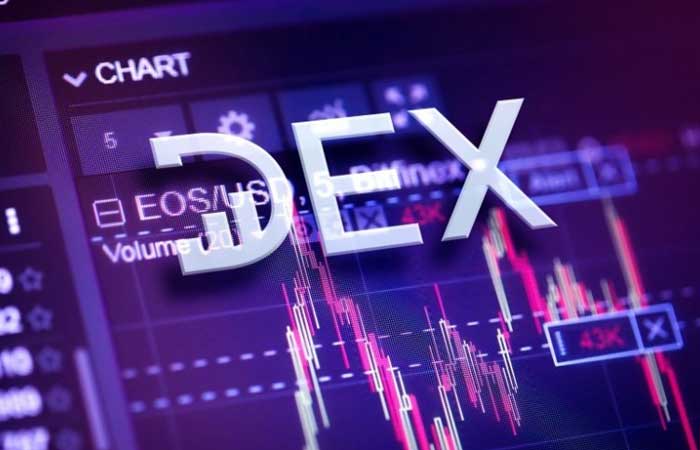
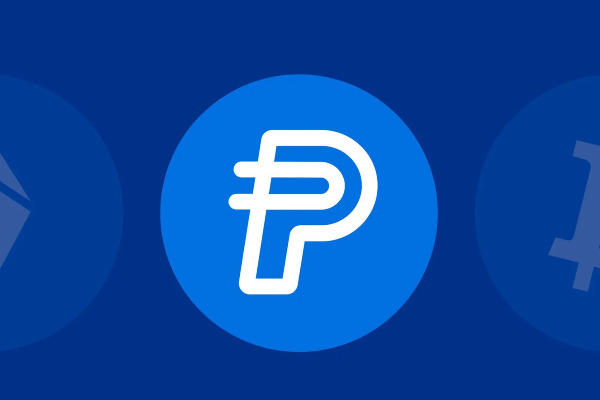
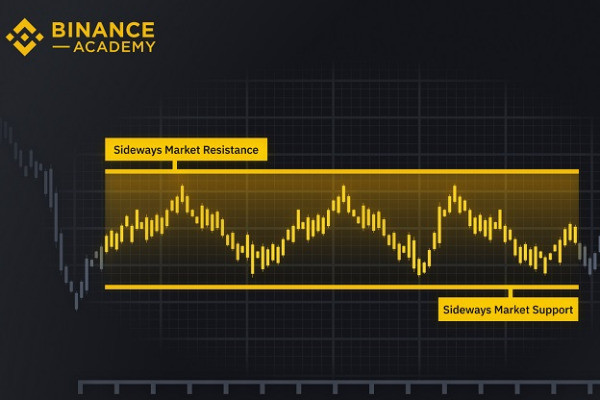
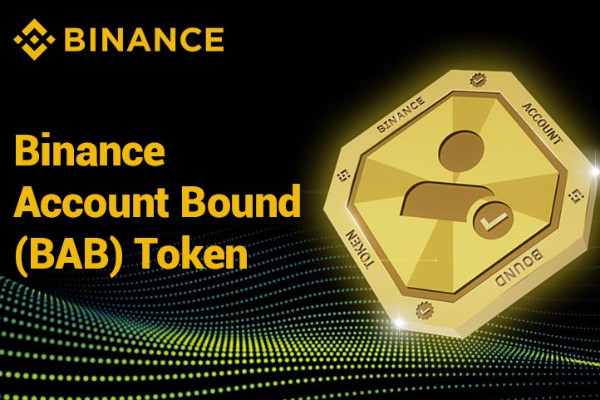
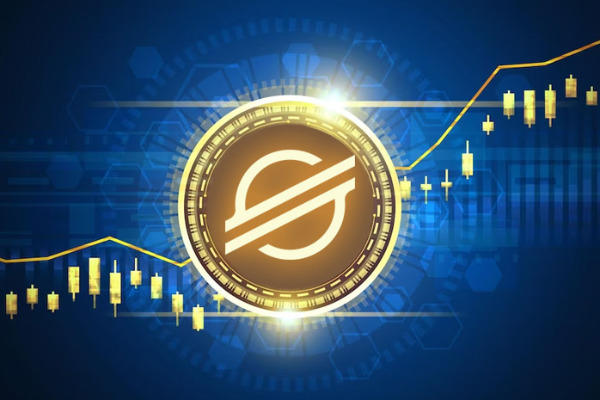
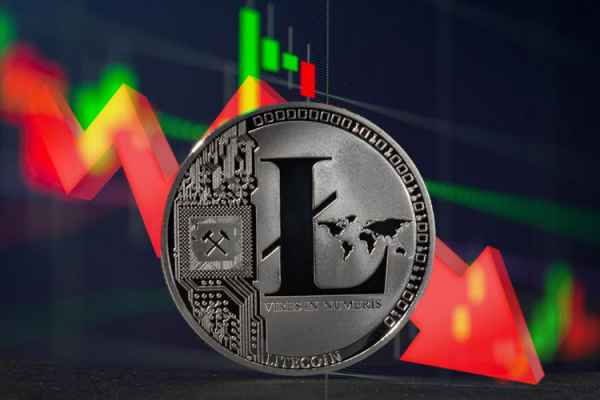

 Bitcoin
Bitcoin Ethereum
Ethereum Tether
Tether BNB
BNB Solana
Solana USDC
USDC XRP
XRP Toncoin
Toncoin Dogecoin
Dogecoin Cardano
Cardano